The Beginner’s Guide to Japanese Temples and Shrines
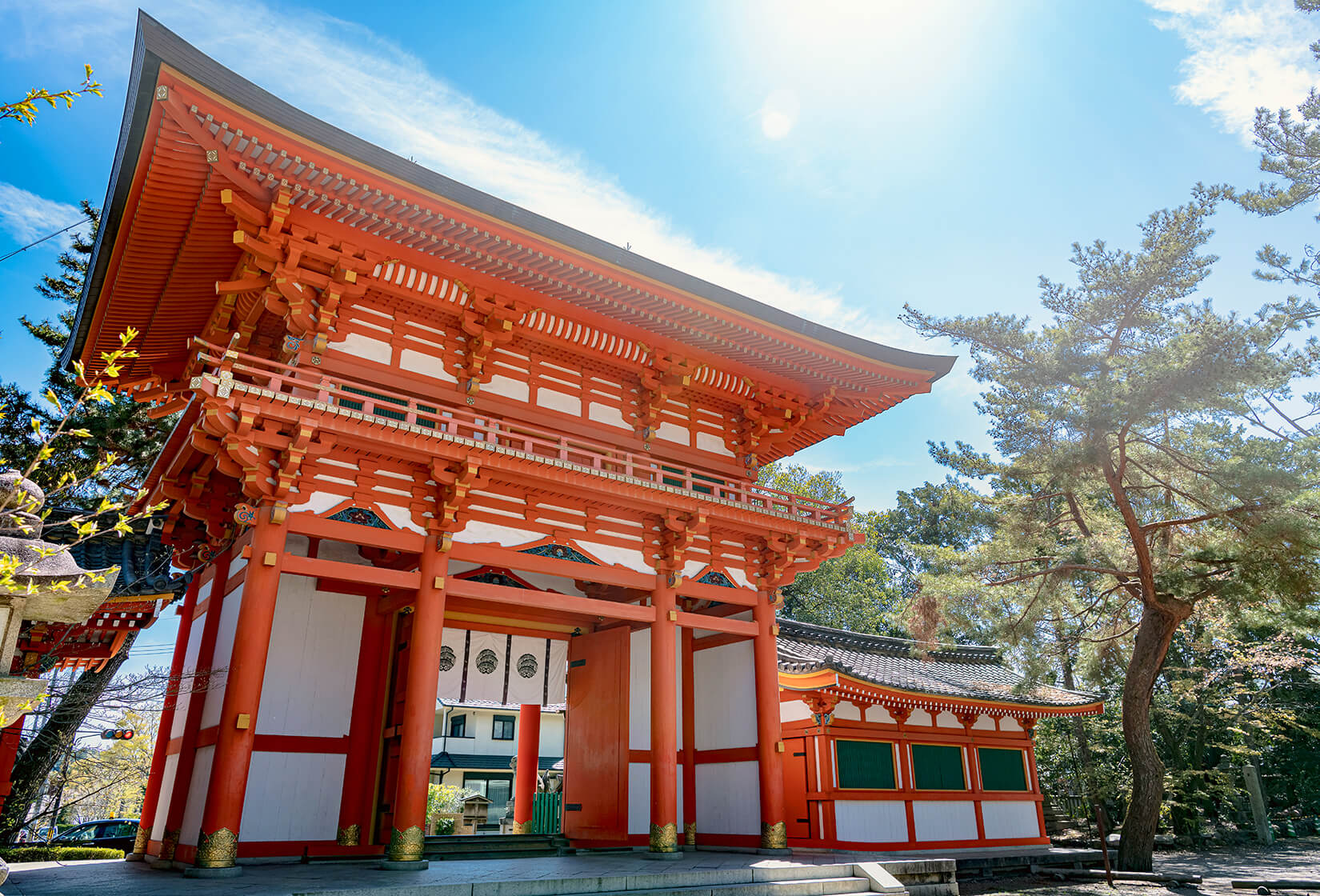
No matter where you go in Japan, there is sure to be a temple or shrine somewhere very close by. A hallmark of the nation’s long, treasured history, Japanese temples and shrines are every bit as sacred today as they have ever been. These sites are held in the highest regard by the natives, and foreign travelers to Japan are expected to show the same reverence.
That’s why it’s vitally important to know the proper etiquette when visiting a temple or shrine in Japan, so as not to offend the locals or attendants of these hallowed landmarks. Here’s all you need to know about Japanese temples and Shrines, including the do’s and don’ts of visiting these popular photography spots, to make your experience enlightening, fun and faux pas-free.
Table of contents
The Difference Between Japanese Temples and Shrines? The Religion They Represent

Japanese culture practices two main religions: Shinto and Buddhism. Religion does not play a major role in everyday life in Japan, but the customs of these two religions are typically observed in ceremonies for important life events (Shinto for weddings, Buddhism for funerals) as well as holidays. The Shinto religion was birthed with Japanese culture, while Buddhism came to Japan from China in the 6th century.
In the Buddhist religion, there are only a few major deities, whereas in Shinto the belief is that many gods (kami-sama) reside in all things, including mountains, forests and other very distinct objects in nature.
So how can these two religions help distinguish a temple from a shrine? Let’s take a look and compare.
Japanese Temples Are Buddhist
Characteristics that help identify a Buddhist temple (otera, お寺) include a large cauldron in front of the building with incense burning, along with statues placed around the building. A gate found at a temple is usually quite complex and sturdily built. Some temples may also have a cemetery attached.
Temples have a guardian statue, called Nio, which is a muscular figure that stands in front of the structure.
Japanese Shrines Are Shinto
A Shinto shrine (jinja, 神社) is most easily distinguishable by the large red gate, called a torii placed somewhere on the path leading up to a shrine. This gate type is more simplistic in design compared to the gate at a temple.
Like temples, Japanese Shinto shrines also have a guardian figure. Shrine guardians are dog-like in shape, called Komainu.
Japanese Shrine and Temple Etiquette
In order to keep the peace and not look too out of place at a Japanese temple or shrine, it’s imperative to know the correct gestures and rituals for a respectful visit.
How to Worship at a Japanese Shinto Shrine

Take care to follow these very important steps for properly worshiping at a Shinto shrine.
When entering a Shinto shrine, you will find a fountain of sorts with running water and objects that resemble ladles. This is used as a method of ‘purification’ before approaching the main shrine area. You will use these items to wash your hands. Some shrines may have a temple-style incense burner that creates smoke, which can also be used for purification.
Entering the main shrine area, you will find a haiden, which looks like a small hut. This is where offerings can be made to the god that dwells within that haiden. An offering box, called a saisen-bako, is situated in front of the haiden. Place your offering as gently as possible into the box.
Some haiden have a rope and bell present. If so, grab the rope with both hands and shake to summon the god and ward off evil spirits.
It is required to bow and clap in a specific 2-2-1 sequence. First, bow down to a 90-degree angle twice, followed by two claps as you offer a silent prayer. The act of clapping shows your appreciation to the deity, while also keeping evil spirits away in the same manner as the bell. After this, offer another single bow.
How to Worship at a Japanese Buddhist Temple

While etiquette at Japanese temples is mostly similar to that of shrines, there are a couple minor differences that should be observed.
Before crossing into the temple grounds, be sure to stop at the temple gate and bow your head. When walking up the route to approach the temple after passing through the gate, be sure to stay to the side of the road. Just like with the fountain at a Shinto shrine, you will find something similar at a Buddhist temple. Use the ladle-like object to clean your hands and mouth. Start by cleaning your left hand, then right, finishing by rinsing your mouth.
The smoke emitted from the incense cauldron is said to repair injured or dysfunctional parts of the body, so wave the smoke in the direction of the area you want healed. Somewhere at the entrance of the main temple, you will find an offering box for placing coins. When approaching this area, you should first bow, then toss your coin(s) into the box.
Omikuji – Test Your Luck at a Japanese Temple

If you’ve been to a Japanese temple or shrine, chances are that you’ve seen little pieces of omikuji, which are tiny fortune-telling strips of paper. These can be purchased at various prices, and can also come with varying levels of luck. These can be purchased from staff members, vending machines, among other places.
The different levels of fortune, or misfortune, from omikuji are as follows:
-
aikichi(大吉)
– Great fortune
-
ichi(吉)
– Good fortune
-
huu kichi(中吉)
– Moderately good luck
-
hou kichi(小吉)
– Small luck
-
an kichi(半吉)
– Half-fortune
-
i kichi(末吉)
– Future fortune
-
i shou kichi(末小吉)
– Small future fortune
-
you(凶)
– Bad luck
-
hou kyou(小凶)
– Slightly bad luck
-
an kyou(半凶)
– Moderately bad luck
-
i kyou(末凶)
– Future bad luck
-
ai kyou(大凶)
– Very bad luck
Omamori – Turn Your Luck Around

If you happened to draw a ‘very bad luck’ omikuji, chances are you’ll want to reverse your misfortune immediately. In that case, you should head to the nearest omamori(お守り)booth.
An omamori is basically a trinket meant to provide either protection or luck in the form of success, evil-repellant, love-attraction or traffic-safety amulets. These can be attached to, or placed in, a number of places, including your phone, purse/wallet, or even placed on your wall at home. Omamori are popular in both Shinto and Buddhist religions, so it should be fairly easy to find them at a temple or shrine.
Omamori typically have an expiration date of about a year, but these times may vary. They are usually purchased at the start of a new year, with expired omamori being returned to the shrine or temple of purchase, where they are burned in a ritual fire.
Just take care not to open the omamori under any circumstances, or it is said you will lose any protection or fortune it had once granted.
Enjoy Your Next Temple or Shrine Trip
Now that you’re armed with knowledge of how to navigate and observe a Japanese shrine or temple properly, it should make your next visit much more relaxed and enjoyable.
Motto Japan, the community platform to support foreigners with the foundation for life in Japan, including Japanese study, job opportunities, and housing service. Motto Japan Media will provide a wide variety of information for Japanese fans all over the world, to create a cross-cultural environment and enrich the life of foreign residents in Japan!


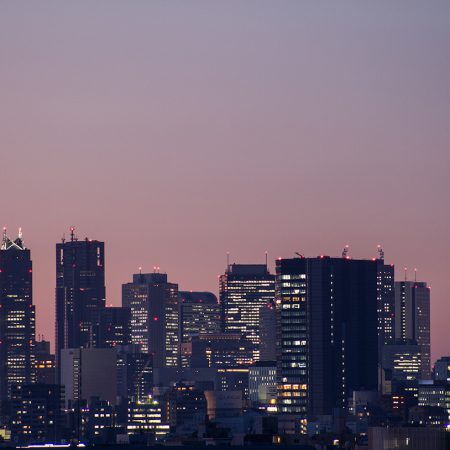

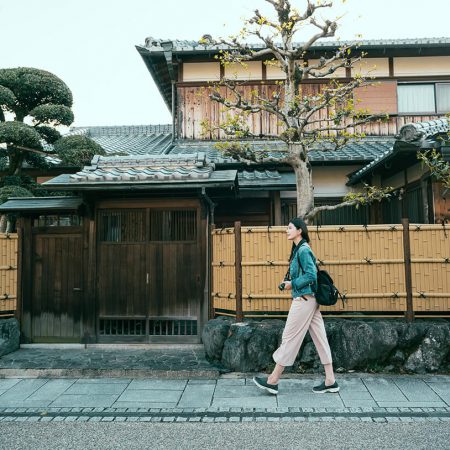
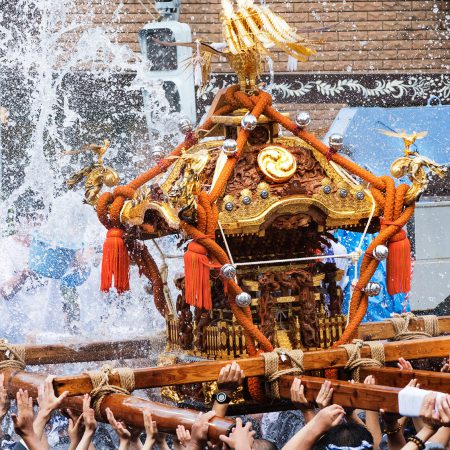
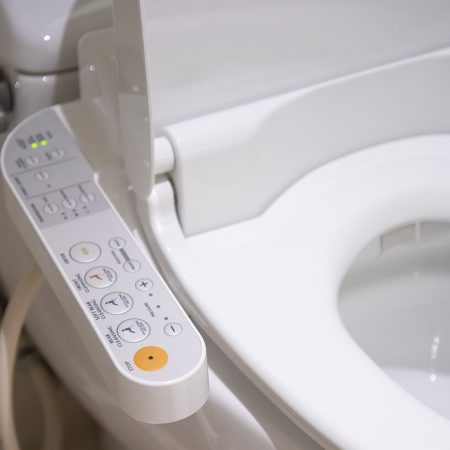






Leave a Reply